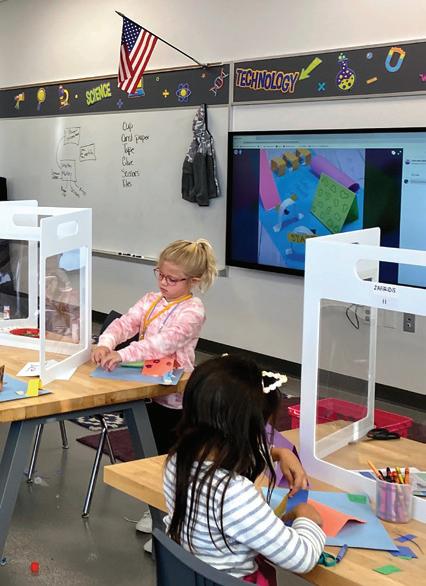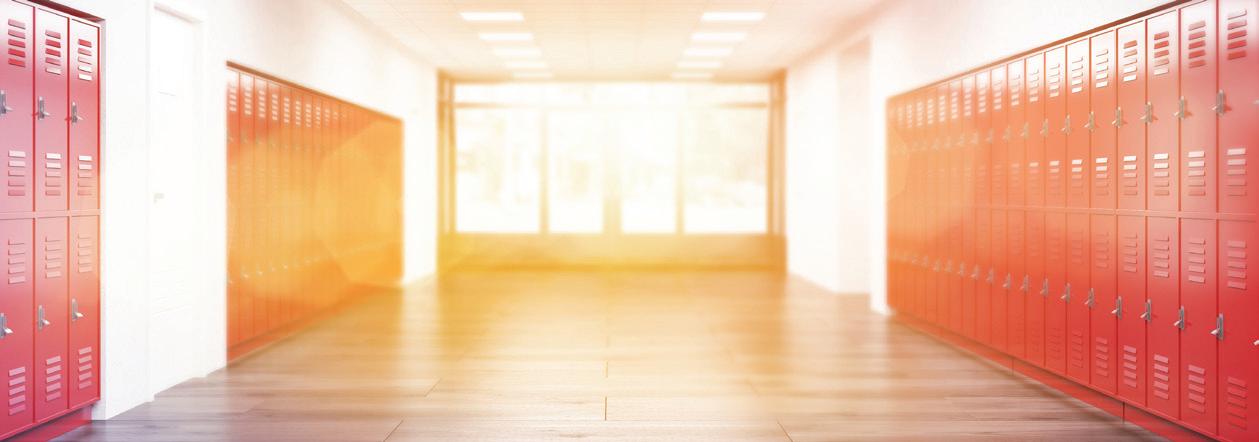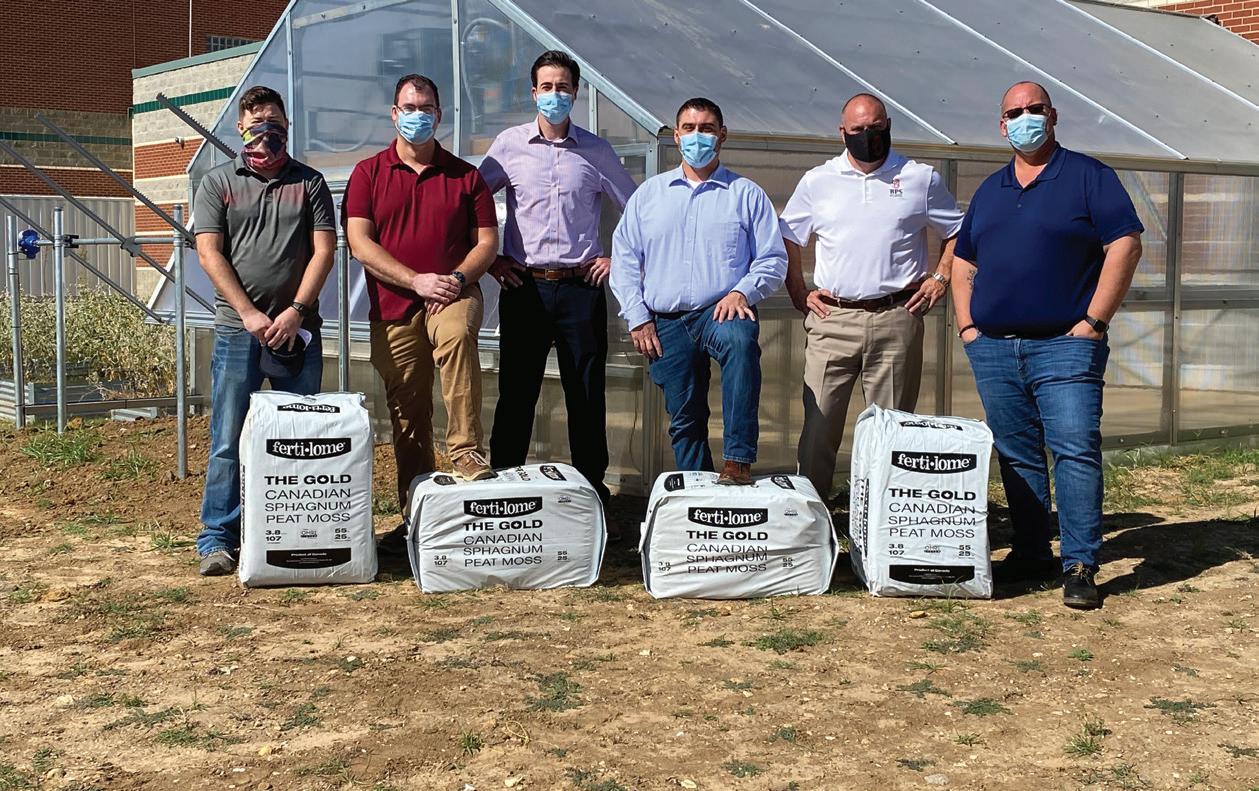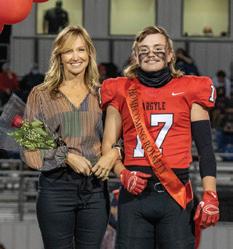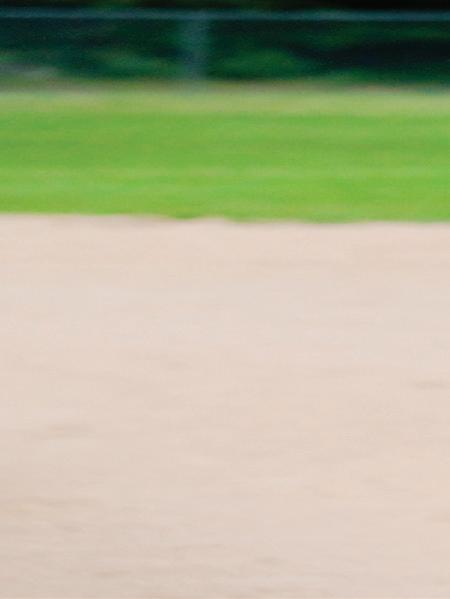
1 minute read
Learning and Technology
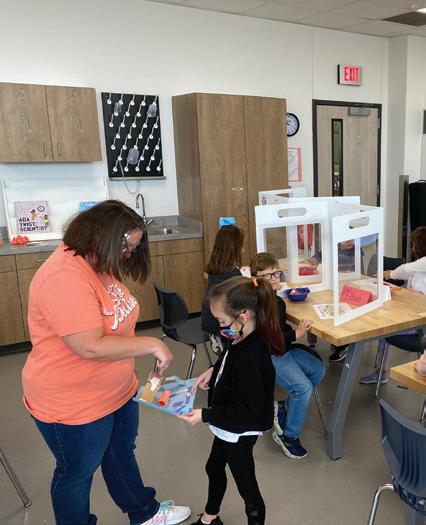
The role of educational technology during the COVID-19 pandemic is one of the great unsung stories of 2020. When the lockdown went into effect midway through the 2019-2020 spring school semester, the traditional classroom dynamic changed overnight. Technology transformed from a sometimes peripheral teaching supplement to an absolute necessity for classrooms in Argyle and across the nation.
Advertisement
With over nine months of experience with the “new normal” of remote education, many teachers are looking back on the lockdown and restart of school as a time of transition, with many new adjustments. For middle school instructor and campus technology liaison Coby Pelt, virtual instruction has changed his relationship with classroom technology in unexpected ways.
“The biggest lesson I’ve learned from virtual instruction is that keeping it simple is key,” Pelt said. “Normally, I like to try all sorts of new websites and technology, and while virtual instruction seems like the perfect scenario for implementing these, it can actually cause a whole lot of chaos. It is easy to troubleshoot technology issues quickly in person, but virtual instruction has added a whole new layer to working with students.”
Erika Malcom, a STEM Instructor at Hilltop Elementary, has observed both students and teachers rising to a new set of circumstances. In the case of her students, she wasn’t surprised at all.
“I think the most valuable lesson learned to me is that people are adaptable,” Malcom said. “If they weren’t before this all happened, they are now! Kids are resilient and adapt to most situations, and I feel like they handle anything we ask them to do very well.”
That adaptability is critical. While new classroom technologies and agile administrative policy will play their role in navigating these times, it is instructors who must make them work for students.
“Most educators are willing to put themselves out there and try something different to reach the students,” Malcom said. “I believe this is because we all want what is best for the kids, and learning effective educational technology and how to virtually effectively teach is what is best for kids.”
There is no question that the students and instructors will continue to rise to the challenge.
